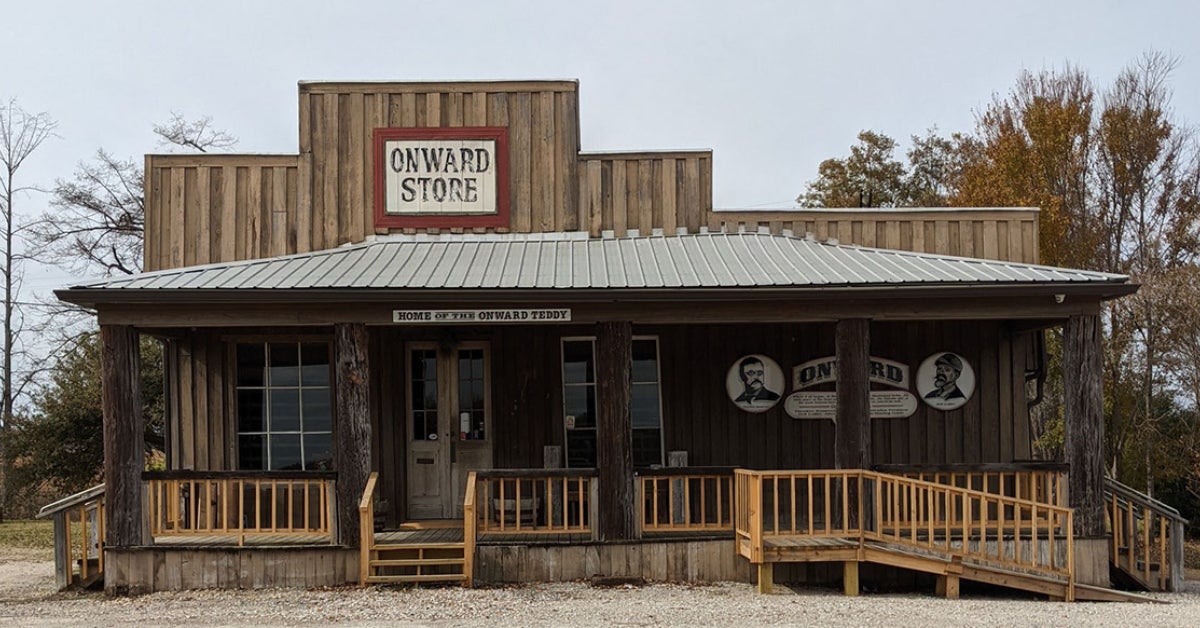Gap continues in old bridge debate
Published 12:00 am Thursday, May 13, 2004
Ruth Brown, who lives in Warren County but works in Delta, speaks her mind at the Vicksburg Bridge Commission meeting Wednesday at the Warren County Courthouse.(Jon Giffin The Vicksburg Post)
[5/13/04]Little has changed in almost five years in what people say they feel about the fate of the U.S. 80 Mississippi River bridge.
About 45 people attended Wednesday’s meeting of the Vicksburg Bridge Commission during which members accepted the annual engineer’s report on the span. They heard public comment, but did not discuss options for the 74-year-old bridge.
Of those who attended the forum, most were older residents and a majority seemed to favor reopening the bridge roadbed to traffic, while a good number said they would prefer converting the bridge into a pedestrian and bicycle park.
In a nonbinding 1999 referendum on the same issue, about 60 percent of the vote was for reopening, about 34 percent for the park and the rest for selling the bridge, which had been the commission’s plan, blessed by the Warren County Board of Supervisors.
“All of you know how I feel and where I stand,” said Dorothy Stewart, the most steadfast proponent for reopening the bridge.
“I appreciate all of you coming, but I’d like for you to express your feelings. This is your chance to say what you want and what you’re willing to fight for,” she said.
At their April meeting, the five commissioners, appointed by supervisors to manage the bridge the county has owned since just after World War II, laid out the same options considered five years ago, including leaving the bridge closed, reopening it to two-way traffic or one-way traffic, converting it into a park or opening it for emergencies or only when the Interstate 20 bridge is closed.
Selling to Kansas City Southern, the rail customer that is the top user of the bridge, is no longer an option, since KCS officials have rescinded the purchase offer they made in 1998.
Local attorney Mack Varner, who led efforts five years ago for the park conversion, said it’s not too late for Warren County to reap the benefits of a plan to convert the bridge into a park.
“We’ve lost a lot of time and we can continue to sit stagnant, but I think it’s time to move forward,” Varner said.
Citing the same reasons as he did five years ago, Varner said the bridge as a park could be an asset for public use and have an economic impact of about $24 million per year through tourism. Warren County had been awarded a $1.8 million grant for the proposed park, but lost the money after supervisors voted along with the public to reopen the bridge.
This latest chapter in the bridge’s story was opened after county supervisors voted 4-1 last month to rescind their previous directive to get the bridge back in service.
“I just think y’all need to reconsider and take into account what the voters of Warren County said,” said Ruth Brown, a Vicksburg resident who works in Delta, the small Louisiana community across the Mississippi River.
“At least try it for one year,” she said.
Since the public vote, the bridge commission has spent about $2 million on repairs. Much more comprehensive work is still needed over the long term, and costs have been estimated at $20 million.
The commission has about $6.4 million in the bank today and is seeking a $10 increase in the per-car toll charged to the railroad for using the bridge. That amount would more than triple current rates, bringing the charge to $14 per car.
Work needed for the bridge includes correcting three shifting piers, repairing the east approach to the bridge, which has been pulled away from the bank by the shifting piers, sinking supports under the railroad tracks and replacing deteriorating concrete under the roadway.
The annual inspection report presented by Rudy McLellan with HNTB Engineers of Baton Rouge indicated that the 1.6-mile long bridge is in “overall fair to good condition,” but that deterioration is increasing and the metal fatigue could become a problem in the future.
“The bridge was built in 1930 using rivets and methods we don’t use today,” McLellan said.
He said that the piers have not shifted since the last inspection in August. Usually, shifting in the piers has been associated with high water in the river or sudden drops, said bridge superintendent Herman Smith.
McLellan also said that today, there are 201 places where concrete is falling from under the bridge. He said that is caused by heavier vehicle traffic in the bridge’s later years.
The bridge has been closed to all traffic except trains since 1998, but supervisors did grant temporary permission for Cappaert Manufactured Housing to use the bridge during ongoing repairs to the I-20 bridge.
When it opened, tens of thousands of people attended the ceremony and bottles of water from the Pacific and Atlantic oceans were ceremonially poured into the Mississippi. The bridge completed the first paved year-around coast to coast link in America.
Privately built by investors, Warren County imposed tolls to pay off the purchase price and has used rail and utility tolls since to pay for maintenance and upkeep. The bridge is not a financial asset or liability to the county.





